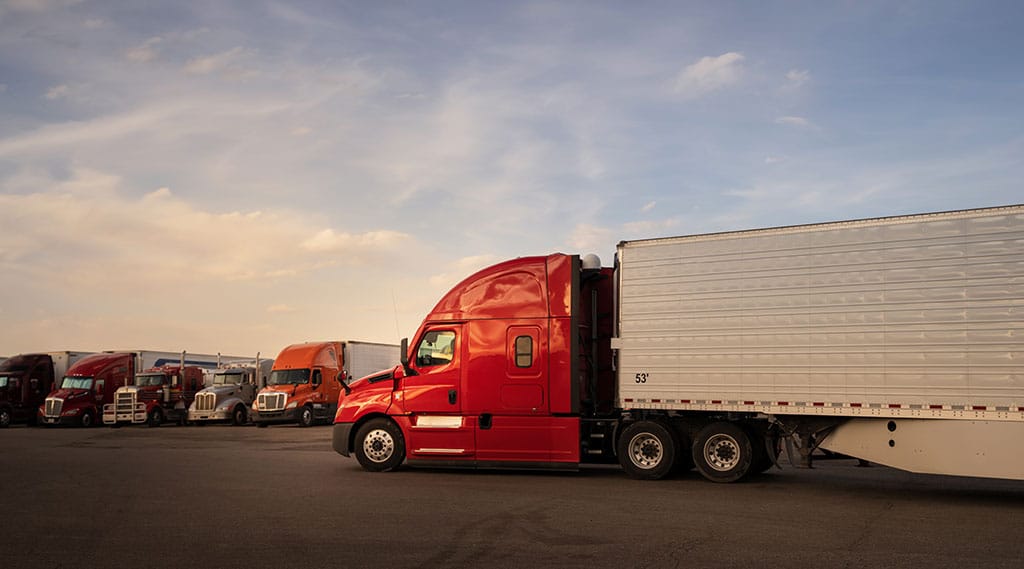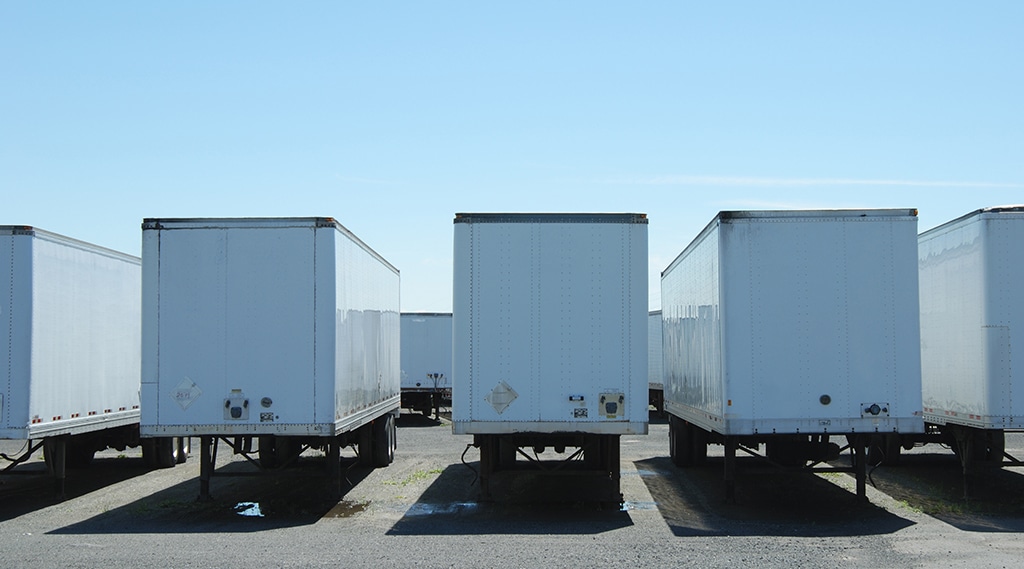Business transportation capabilities cover the spectrum, from large corporations that maintain massive truck and semi trailer fleets to small businesses that own no vehicles or trailers. But nearly all companies experience situations when having a trusted semi trailer provider comes in handy.





